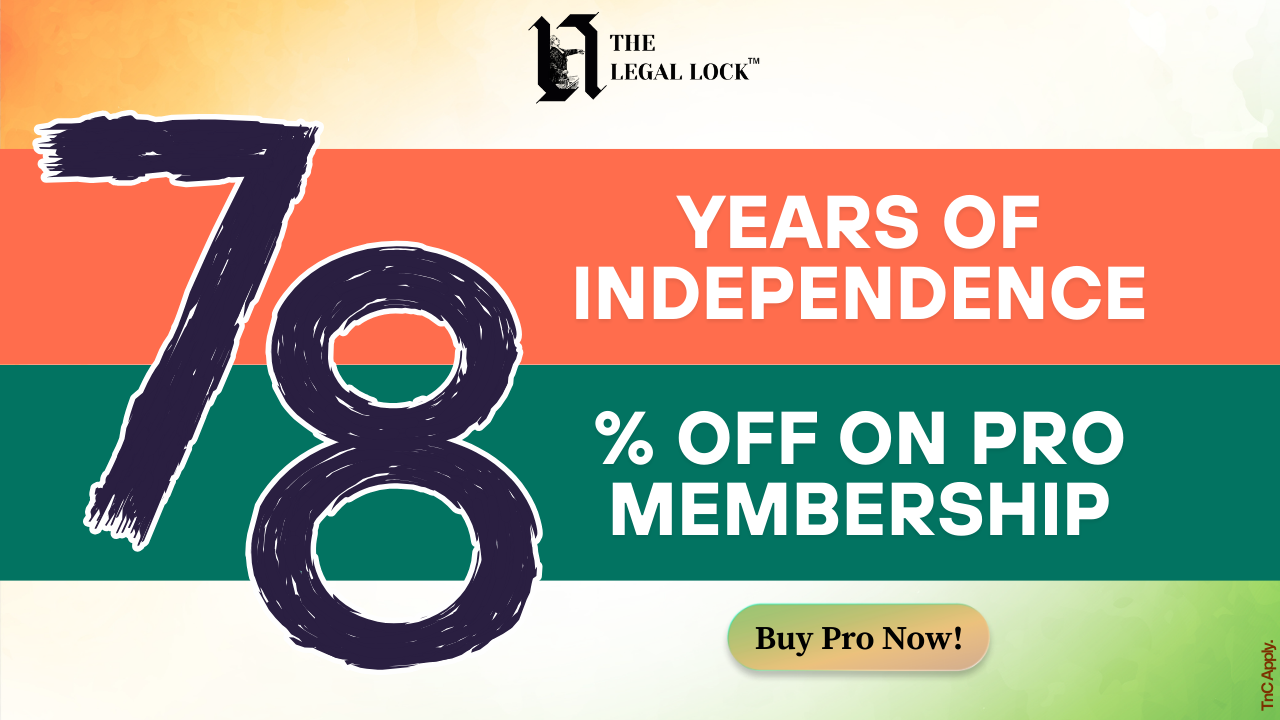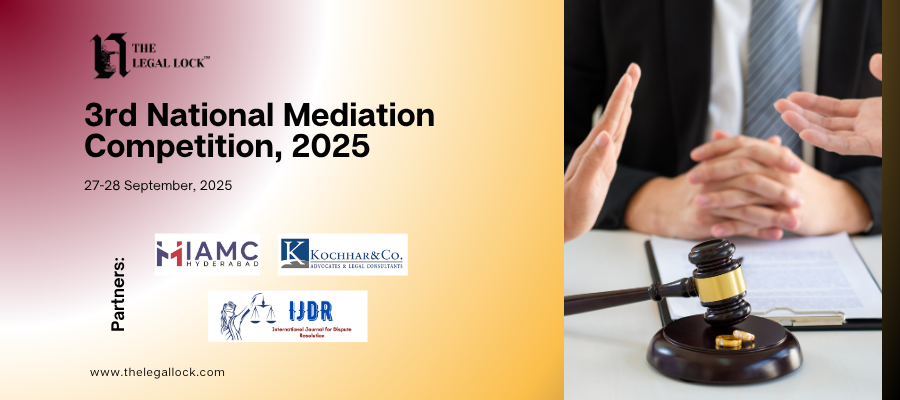Offence of hurt

Introduction:-
Chapter XVI of the Indian penal code, talk about an offences affecting the human body with the section (299- 377). It is the largest chapter of the IPC. It contains 88 sections. It clearly indicates the importance attached to the preservation and protection of right to life and liberty, the two most precious rights guaranteed under article 21 of the Indian constitution. In these offences are covers up all segment of human being. It aims at protecting the primary personal rights to life, liberty, and security of person, freedom of person, freedom of movement and enjoyment of one’s person against intentional invasion by others. In this chapter, the offences like, murder, hurt, culpable homicide, dowry death, grievance hurt, assault, use of criminal force, kidnapping, abduction, wrongful restraint and confinement, sexual assault, like rape and unnatural offences and et cetera in this article, we discussed about the offence of hurt.
Section 319:- Hurt
Sections 319-338 provides for hurt and its diverse aspects.
Sec. 319 defines the term ‘hurt’.
- Hurt is causing
- Bodily pain
- Bodily disease
- Bodily infirmity to a person
Bodily pain:-
In the case of Jashanmal Jhamatlal v. Brahmanand sarupananda, the court held that to cause hurt there need not be any direct physical contact.
wherever the straight consequence of an action is the causing of bodily harm it is hurt whatsoever subsist the means employed to cause it, like:-
If a person deliberately sets out to cause shock to somebody through a weak heart through do well in doing hence it is hurt.
Hurt is constituted by causing bodily pain and not mental pain, like:- giving alarming news may cause pain but not hurt. Bodily pain is compulsory in the direction of to constitute hurt. It require not to be the straight claim of force to body.
In the case of Nachal (in re: ) When the injury is not serious and there was no intention to be cause death nor had the accused familiar that it was probable to reason of death or grievous hurt, accused would be guilty of causing hurt only, even though death is caused, in case of Dhani Ram v. the Emperor.
Thus in the absence of an intention to cause death or grievous bodily hurt, where a person died as a result of two kicks on the abdomen, the accused was guilty of causing hurt only, it was held in the case of Marana Goundan (in re: ).
In the case of Subbia Goundan (in re: ), held that where a husband caused hurt by giving a blow to his wife with a stick, then he was liable for hurt.
In case of Kosana Ranganayakamma v. Pasupulati Subbamma the court held that dragging someone by their hair or else fisting him falls comes under the section 321.
Infirmity: – the meaning is momentary mental impairment, panic or fright.
Section 321:- Voluntarily causing hurt
In the section 321 under IPC defines voluntarily causing hurt and section 323 of IPC prescribes punishment which may extend to 1 year or with fine up to 1000 rupees or both.
Section 323:- punishment for voluntarily causing hurt
In this section, Indian penal code is a general section prescribing punishment for voluntarily causing simple hurt. The punishment in this section is imprisonment for 1 year or fine of 1000 rupees or both, it is non-cognizable, bailable and triable by any magistrate and also compounded to whom the hurt is done by the person.
Section 324:- the voluntarily causing hurt by dangerous weapons or means.
According to this section, it punishes causing hurt by means of an instrument which, when used as a weapon of offence, may cause death.
In case of Koli Gator sura v. State of Gujarat held that a stick becomes a dangerous weapon by reason of an iron knob at its top and when the part of stick is used as a weapon of offence it is likely to cause death and this offence committed in this sec under IPC.
Ingredients:-
- The accused caused bodily pain, disease or infirmity
- The accused did so intentionally
- It was caused by any instrument for shooting, stabbing or cutting
This offence is cognizable, bailable, and compoundable with the permission of the court and may be tried by any magistrate. It is punishable with imprisonment which may extend up to three years either rigorous or simple or with fine or with both.
Section 327:- voluntarily causing hurt to extort property or to constrain to an illegal act
Scope: – in this section, it punishes voluntarily causing hurt to extract belongings or to assist the commission of offence or to restrain another to do an illegal action.
The term interested in this section 327 is implying as interest if any kind, whether by tie of blood or relationship by marriage, service or even friendship. The second clause refers to hurt caused to constrain another to do anything illegal or which may facilitate the commission of an offence by assailant, in the case of Muruga Goundan v. pettaiyan.
Ingredients:-
- The accused caused hurt
- To extort from the owner, or sufferer or other person interested in the sufferer any property or valuable security.
- To constrain the owner or sufferer or the other person to do anything this is illegal to facilitate the commission of an offence.
Section 328: – causing hurt by means of poison, etc, with intent to commit an offence.
Under the IPC, it punishes causing of hurt by signifies of poison or any intoxicating or else unpleasant drug et cetera through intention to commit an offence. This section is intended to punish persons who rob or ravish people by putting them out of their senses by means of makes inactive drugs which facilitate the crime and prevent its detection.
Ingredients:-
- The accused administered or caused to be administered a substance
- The substances was a poison or any stupefying, intoxication or unwholesome drug
- The accused administered the drug:
- With the intent to cause hurt
- Knowing it is likely to cause hurt
In the case of Hanumanth Rao, where the accused administered a small dose of sodium nitrate not capable of causing death, the offence was held to fall under section 328 of IPC
Section 330:- Voluntarily causing hurt to extort confession or to compel restoration of property
According to section 330, it punishes causing of hurt for the purpose of extorting a confession or information leading to the detection of an offence or misconduct or for constraining the sufferer or another to restore any property or valuable security or to satisfy claim or demand or to do anything subservient to that..
The principal object of the section 330 is to prevent torture by the police while in custody of the police or otherwise.
Ingredients:-
- The accused caused hurt voluntarily
- Hurt was caused
- To extort confession from the sufferer or a person interested in him to detect an offence or misconduct
- For the purpose of constraining such person to restore any property or valuable security
- to satisfy a claim or demand
- To give information leading to the restoration of property, it was held in the case of Queen Empress v. Latif Khan.
Section 332:- voluntarily causing hurt to deter public servant from his duty
Section 332 discussed about the offence of causing hurt to a public servant engaged in the discharge of his duty as such public servant.
In the case of Hardit singh (1911), held that if he was acting in connection with his own private work, no offence under this section will be constituted.
In this section, the given protection is not only confined to public servants, but will also extend to persons acting in good faith under their direction.
Ingredients:-
- The accused voluntarily caused hurt to a public servant.
- The caused hurt was:
- When the public servant was discharging his duty as such
- With the intention to deter him from discharging his duties
- In outcome of something done or effort to be done in the legal release of his duties as such public servant.
The offence of this section is cognizable, bailable, non-compoundable and triable by a magistrate of first class and the punishment which may extend to three years of imprisonment or fine or both.
Section 334:- the voluntarily causing hurt on provocation.
The section 344 punishes voluntarily causing hurt to a person on provocation. To attract thos section, provocation must be both grave and sudden and the accused must be under the effect of the provocation at the time of assault. The offence in this section is non-cognizable, bailable, compoundable and triable by any magistrate. It is punishable with imprisonment up to one month or with fine up to five hundred rupees or with both.
Ingredients:-
The accused caused hurt voluntarily
The accused caused it on account of grave and sudden provocation
The accused neither intended nor himself knew it to be likely to cause hurt to any person other than the provoker.
Section 337:- Causing hurt by the act endangering life or the personal safety of others.
According to this section, an aggravated form of the offence defined under section 336. Section 337 applies only when hurt is caused to any person by reason of its being done rashly or negligently, endangering human life and the personal safety of others. Personal injury intentionally caused will not fall under section 377 as it is neither rash nor negligent.
The offence of this section is cognizable, bailable, compoundable with the permission of the court and triable by any magistrate. Punishment may extend to six months of imprisonment or with fine up to five hundred rupees or with both.
Reference:-
K.D. GUAR, THE INDIAN PENAL CODE [As amended by the criminal law ( Amendment ) act, 2018]








